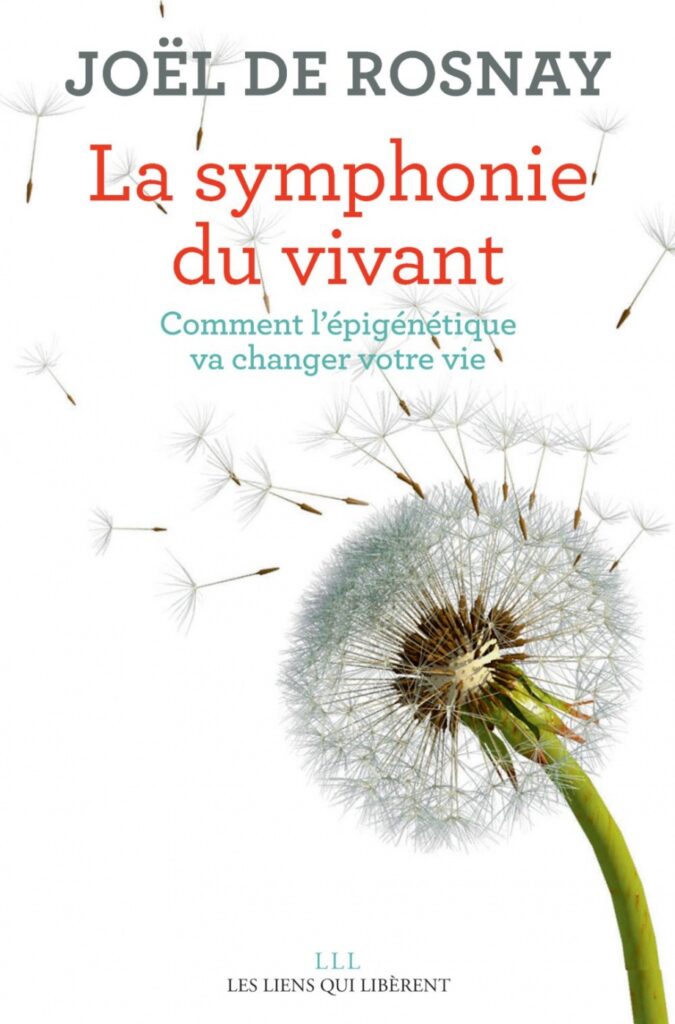Radical-polemicist-radical or capitalist-strategist?

Why does the negative attract us more than the positive? A timely post in the time of COVID-19
Commenting on Yves’last post, it is my turn now to comment on Mme Sourgins’ book, The Mirages of Contemporary Art, yet to be translated into English.
Ms. Sourgins’ radical position vis-à-vis contemporary art reminds me of what Joël de Rosnay, doctor of science, former professor and researcher at MIT, says in his brand new book, La Symphonie du vivant, comment l’épigénétique va changer votre vie (Éditions Les Liens qui Libérez, 2019). The author invites us to dare to think positively instead of continuing to wallow in the muddy pool of breaking news, dramatic broadcast and violent collective reactions.
It is, however, difficult to break out of this vicious circle. Indeed, as Rosnay’s claims, a negative opinion appears to us smarter than a positive opinion. It’s true. If Ms. Sourgins would have had written about the contribution of contemporary art to the development of society, she would probably have been deemed naive and would not have received the media’s attention. To raise the popularity ratings, it is necessary to offer the public controversial subjects, negative comments, which provoke debate and confrontation. The media is banking on the fact that polemical analyzes are perceived as interesting and intelligent. On the other hand, they consider positive analysis to be amateurish and monotonous. Canadian sociologist Marshall MacLuhan noted about the media, and this as in the early 1970s “good news is no news”
However, it remains very interesting to learn that for reasons of biological predisposition, we are all attracted to bad news, fear being a survival mechanism. Joël de Rosnay reminds us of the theory of evolution, according to which everything that promotes survival and reproduction is strengthened and transmitted from one generation to the next. Thus, living things that remember bad experiences and ways to escape from them are more likely to survive. In this logic, the images and the testimonies of the victims of disasters would arouse in us feelings of empathy and the fear of living in similar situations, which we try to avoid.
I have often wondered why negative experiences can leave a vivid memory than positive experiences. In his book, de Rosnay explains that the production of adrenaline and cortisol associated with stress triggered by a negative event contributes to strengthening memory. The intensity of memory is linked to its emotional charge.
In conclusion, it is our fundamental nature that is responsible for this preponderance of bad news in the media. It is up to us to make a conscious effort to try to arrive at a more balanced discourse while keeping a critical mind. Our stress level would certainly decrease. Perhaps Ms. Sourgins would make more nuanced comments about contemporary art, while admitting that the appetite for controversy certainly helps promote her book.
You may listen to Joël on may Ted Talks. > https://www.youtube.com/watch?v=jCLRgkWcVDY
Or in French about his book > https://www.youtube.com/watch?v=IafFqKlhl3o


Interesting